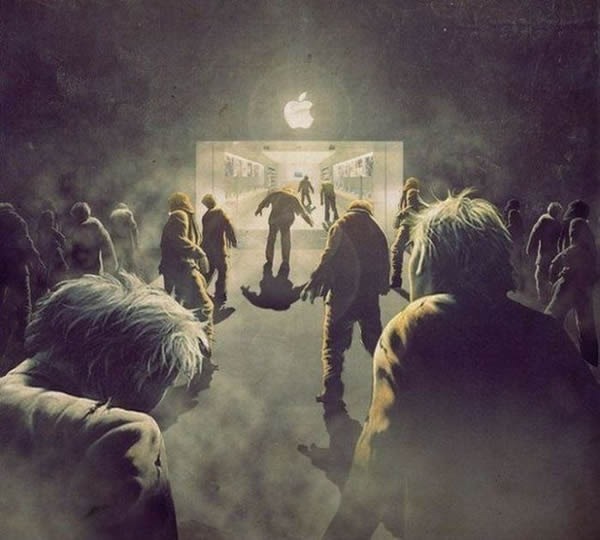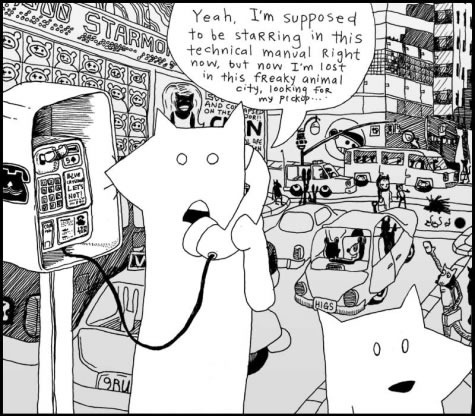The Build-A-Business Contest is Back!
Spring is sprung, the grass is riz…I wonder where the cool contests is?
Wonder no more. Shopify is bringing back the Build-a-Business Contest. Last year’s contest was a major success:
- It created almost 1,400 new businesses, all of whom were entrants in the contest
- Those businesses’ Shopify stores took in 67,000 orders
- Those orders totalled up to over $3.5 million
- And the winning company, DODOcase (they make cool-looking protective cases for tablet computers) claimed the grand prize of $100,000.
This year, we’ve (See? I’m already using “we”! Do I get my bonus now?) upped the ante. How up is upped? This upped:

I will repeat that: over a half-million bucks in prizes.
“What sorts of prizes are we talking here?” you might ask.
I would reply “Lots. The details of all the prizes are on the Build-a-Business Contest site, but what say we just focus on the grand prize for the time being?”
The Grand Prize, Part One: Filthy Lucre
The grand prize – the ultra-mega-super-Kahuna prize, is so good that I’m beginning to wonder why I took a job with Shopify. Maybe I should quit, open an online store, win the contest and walk off with…

…$100,000 in cash! That’s a nice little bonus on top of the money you can make with your store.
The Grand Prize, Part Two: The Big Apple
However, this is no mere raffle – this is the Build-a-Business Contest, and as I said earlier, we’ve upped the ante!
We think that “a hundred large”, while nice, just isn’t enough. We want this prize to be awesome. Like gangsta rapper video awesome. How about we throw in some trips? Say, to…

…New York City! (If you win, I will give you directions to the coolest obscure little rooftop bar, right in the shadow of the Empire State Building.) We’ll cover airfare, hotel and even throw in some “walkin’ around money”. That’s how hard we rock.
The Grand Prize Part Three: Power Lunch
“But what about food, Joey?” you might ask. “And not just food…I need scintillating conversation with my meal!” I would usually respond by saying “Wow, there’s no pleasing you.” But this is the Build-a-Business Contest, and we’re all about pleasing you, so we’ll throw in:
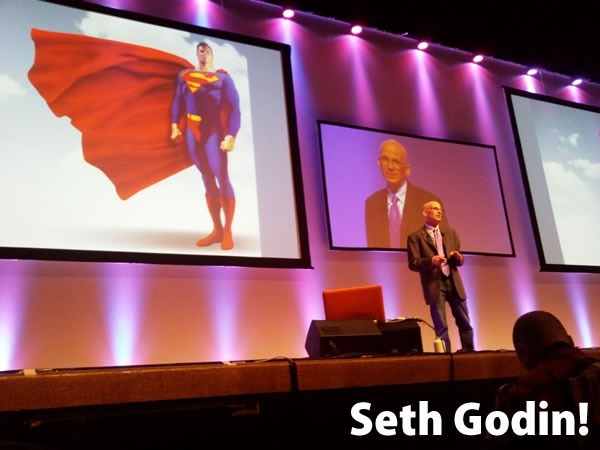
…lunch with Seth Godin! And no, not some silly thing where you meet at a restaurant; that’s for lightweights. We’ll do one better: Seth will cook you lunch himself. And all you thought he did was write great business books!
The Grand Prize, Part Four: V for Victory
“Not enough!” you cry, and I look at you with great incredulity.
“What more do you want? I’ve given you a hundred grand, a trip to New York and lunch with Seth Godin, which by the way, he is cooking himself.”
“But I’ll need help growing my business! Couldn’t you hook me up with an expert on the subject?”
At this point, I’d slap my forehead in frustration. But this is the Build-a-Business Contest, and we’re going to make it rain by giving you…

…a one-hour power session with Gary Vaynerchuk! Gary’s done a killer job helping other people build their businesses with his advice and books like Crush It! and The Thank You Economy, and now you’re going to get an hour of one-on-one time with him. Gratis. You’ll learn more from him in an hour that a lot of people I know learned in four years of business school.
Here’s what Gary has to say about the Build-a-Business Contest:
The Grand Prize, Part Five: We’re Bringing Plex-y Back
“But that’s only the East Coast, Joey!” you might say. And under normal circumstances, I’d reply by saying “Dude, isn’t that enough?” But this isn’t normal! This is the Build-a-Business Contest! And we will give you the West Coast too, in the form of:
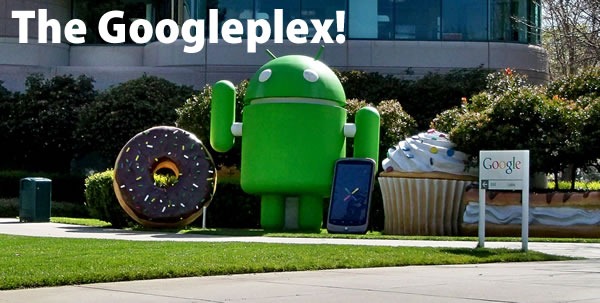
…a trip to Google! As in California. As in a tour of one of the most amazing high-tech campuses in the world. And we’ll also throw in a personal AdWords consultation to help boost your business.
The Grand Prize, Part Six: The Four-Hour Fix
I stand in front of you, my arms wide, wearing a big open-mouthed smile, awaiting your response.
You say: “Okay, Joey, the Build-a-Business Contest grand prize is sixteen different flavours of awesome. But…”
My smile fades. “But…?”
“Couldn’t you…you know…add one more business guru? I mean, you had a couple on the East Coast, and this is the West Coast and all…”
I compose myself and rub my temples, resisting the urge to admonish you for wanting so much. Why? Because this is the Build-a-Business Contest, and our motto is “Go hard or go home”. And we’re not going home!
So I offer one more thing:
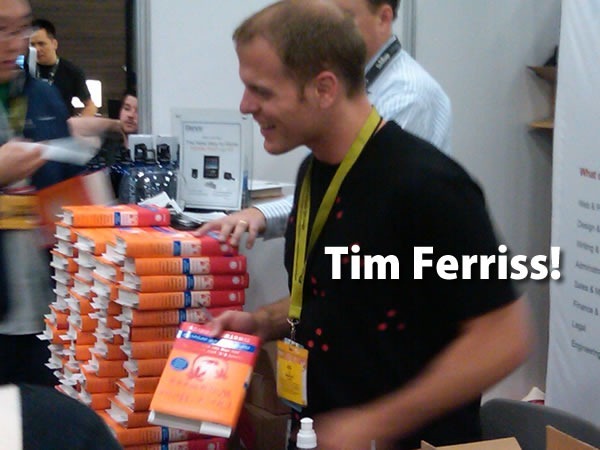
…dinner with Tim Ferriss! Tasty food, and a chance to pick the ultimate lifehacker’s brain about The Four Hour Workweek and The Four Hour Body.
“Now are you happy?” I ask.
“Yes,” you reply.
“Good. Now here comes the hard part. You have to win the Build-a-Business Contest, and you need to do the following in order to get your shot…”
The Build-a-Business Contest in Four Steps

It’s pretty straightforward, really:

Are you an artisan? Got a line on some killer sauces and spices? Perhaps you sell accordions? If you have an idea for a business in which you sell things online, you’ve got step 1 down.
On to step two…

We’re cool with giving away prizes, but there’s a reason we’re holding the Build-a-Business Contest: we want you to build online stores using the Shopify platform. It was built with making it easy to start and run an online store – in fact, we were our first customers! Take it for a spin…we think you’ll love it.
Once you’ve done that, the next step’s pretty easy:

You can’t win if you don’t enter. So once you’ve got your Shopify-based online store up and running, enter the Build-a-Business Contest!
And finally:

We don’t succeed if you don’t succeed. So we’re committed to helping you take your Shopify business and grow it. As a tech evangelist with Shopify, I’m going to be part of the team that does just that, and you should check in with this blog, because I’ll be posting lots of advice, tips and tricks for getting the most out of Shopify.
And Why are You Still Reading This?
Don’t get me wrong, reading is good. But you should be scurrying over to Shopify’s Build-a-Business Contest site, where you can get all the details about the contest…
And watch this blog, because I’ll be posting regularly about the Shopify platform, the Build-a-Business Contest and more.
It. Will. Dominate.
This article also appears in The Adventures of Accordion Guy in the 21st Century.






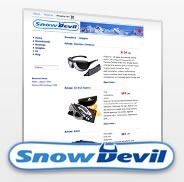 Shopify was created when Tobi co-founded Snow Devil, an online store for snowboarding equipment. When he couldn’t find a decent online store package, he used his programming skills – my friend
Shopify was created when Tobi co-founded Snow Devil, an online store for snowboarding equipment. When he couldn’t find a decent online store package, he used his programming skills – my friend 










